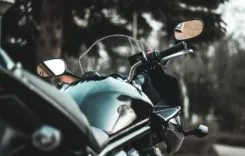Zero Engineering
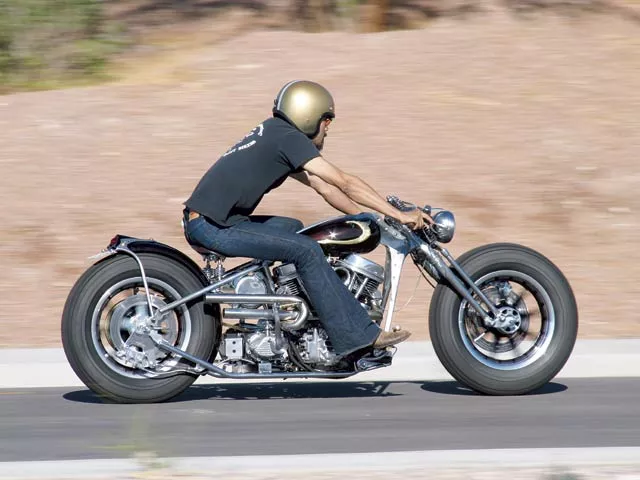

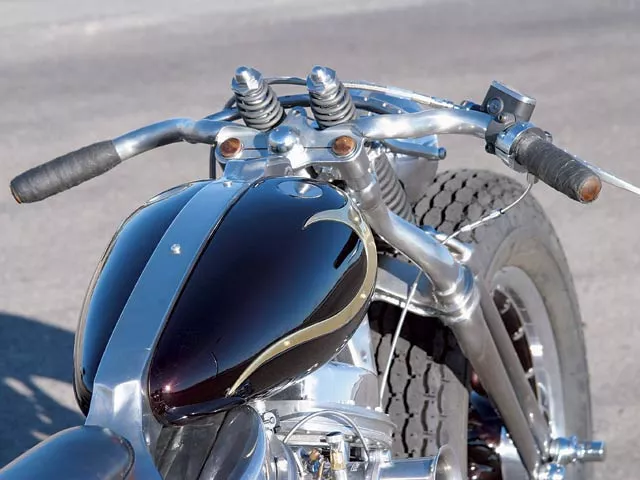
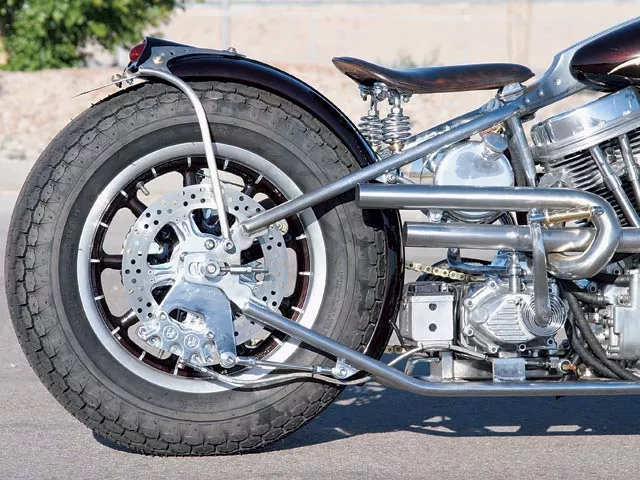
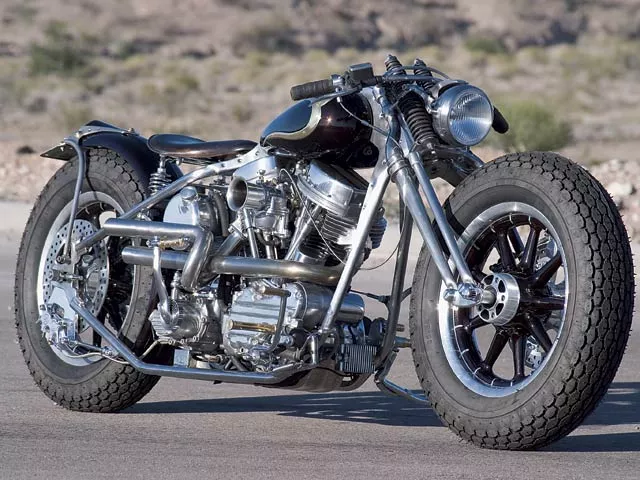
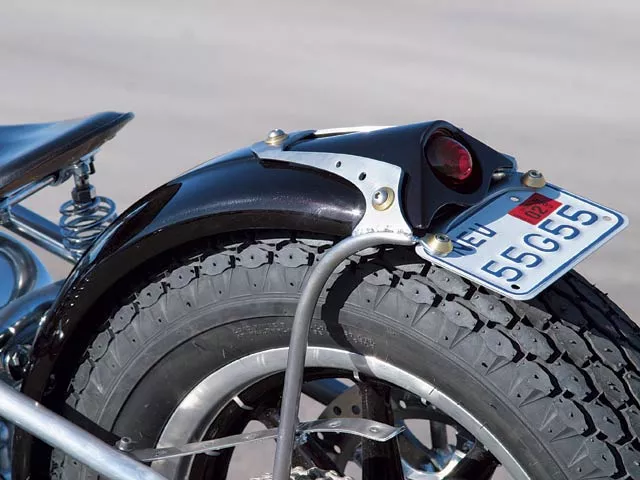
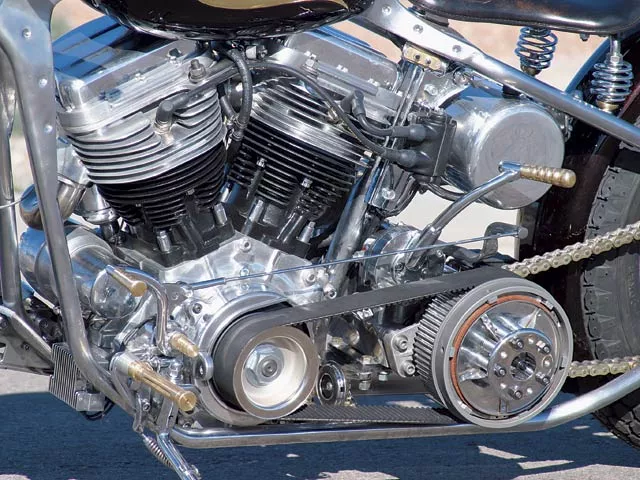
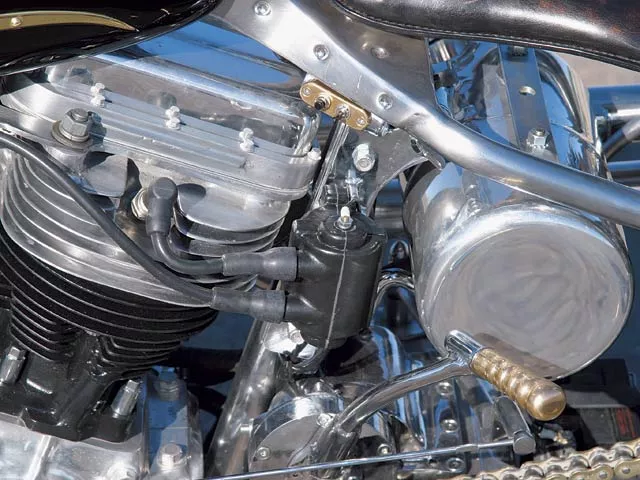
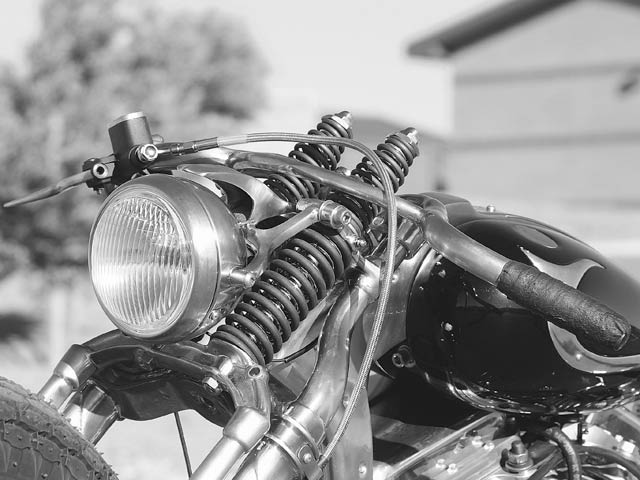
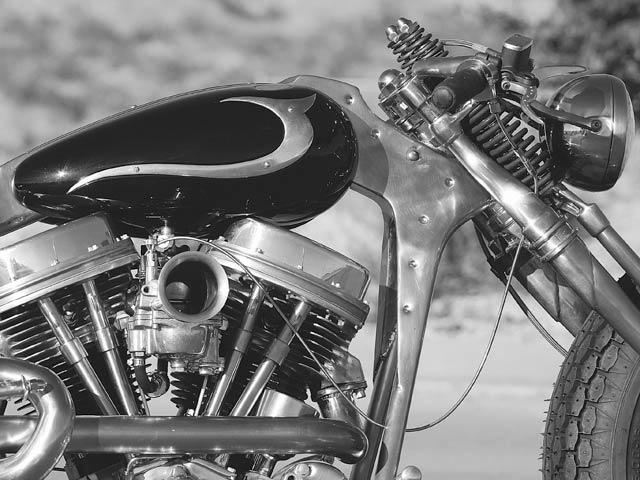

There are bike builders out there who feel new and high-end is the only way to go when building a custom. Then there are motorcycle artists who take what they can get and rework it so that in the end, it is a one-off, aesthetically pleasing, and functionally road-ready ride. This is just what Shinya Kimura, founder of Zero Engineering, works out with every build he creates.
The crew at Zero Engineering is based both in Okazaki City in central Japan and Las Vegas, right here in the USA. Out at the shop in Japan is where all the old parts are housed and the full customs are built. For most, if we need a part for an old bike, we can dig through piles of parts at the local swapmeet. The crew members at Zero Eng. have rolled up their sleeves and done a lot more digging to find all the components needed to build the in bikes.
Shinya was sure of this design since it was inspired by a samurai warrior. He was positive that it would kick ass.
Shinya started with the frame; he got his hands on a rigid Santee with stock geometry. He cut off and goosed the neck 2 inches, then added 2 more in the backbone and pulled 1 inch from the downtubes. He worked on filling in the spaces between the frame tubes with hand-made steel panels of flat stock that would give it a custom look. For suspension, Shinya grabbed a Euro-made reproduction of a ’74 Springer that was shortened 2 inches. He leaned heavily toward the look of the past as well as fat-tire bikes, with a fat tire up front too. He scored a set of stock H-D 16×3.5-inch cast wheels that were painted then covered in rubber from Cocker. PM calipers and rotors handle braking power, but he made all the foot controls himself. Also, the hand controls needed to look as retro as possible, so he went with Barnett’s levers and master cylinder.
For street power, he started with an 88ci STD Panhead motor. Shinya wanted the lower end to look traditionally real. The cam cover was smooth and flat, so he carved it out by hand to achieve the traditional ridges of the old Pan. After he had all the lines cut the right amount, he used a hand-held Dremel to smooth out all the marks. He then sent the cases and heads out to polish, along with the trans cases.
When he got the parts back, he quickly re-assembled the motor and started hand-manufacturing a custom set of exhaust pipes from a box of scrap pipes. He also added an S&S; super E carb. Next, he added a Heavy-pedal kicker and a hand-made ratchet-top Jockey shifter to the four-speed RevTech trans with Paughco ratchet. Keeping with the tough look, he went with a 3-inch Primo open beltdrive with final drivechain.
The sheetmetal was next. Shinya hand-rolled a rear fender from a sheet of 16-gauge flat stock, then took the rear tip and molded a cover and a flare at the end so that he could tuck a small taillight between the two pieces. The gas tank that he had in mind was not available through any parts catalog, so it too started out as a sheet of flat stock. First, the two side pieces were hand-pounded to the length of the frame backbone. They were then welded together for the illusion of a one-piece tank, when really the backbone cuts through and separates the two tank halves. For additional tank styling, he hand-formed brass inserts to flow with the tank, like the body armor of the samurai warrior.
For paint, Shinya wanted the color to be dark but not black. He shipped everything to Magic Tricks paint and told Kip what he had in mind. Kip sprayed root-beer candy over a dark silver basecoat to darken down the color, then applied 10 coats of clear candy to attain a deep shine. As the paint dried, Shinya bolted on the top spring plate from the Springer and cut and welded the bars to the top plate, keeping the bars as low as the tank. For the headlight, he dug out a light from an old imported car that fit the bike tight. He wrapped up final warrior assembly with hand-made foot controls and pegs, a Ted Cycle taillight, and a custom-made spring plate seat.
He rode the completed street weapon around Japan for 10 days before loading onto a boat, to be shipped to Las Vegas. Quickly detailed, he rode out to Laughlin for the River Run. All of Zero’s bikes were crowd-pleasers, but this one, called Urushi, was by far the favorite.
| GENERAL | |
| Owner | Shinya Kimura |
| Shop Name | Zero Engineering |
| Shop Phone | (702) 798-7506 |
| Website | www.zero-eng.com |
| Year | 2004 |
| Fabrication | Zero Eng. |
| Assembly | Shinya Kimura |
| Build/Rebuild Time | Three months |
| ENGINE | |
| Year/Size | ’04/88ci |
| Type | Panhead |
| Builder | Shinya Kimura |
| Cases | STD |
| Flywheels | S&S; |
| Rods | S&S; |
| Pistons | S&S; |
| Cylinders | S&S; |
| Heads | S&S; |
| Valves | S&S; |
| Rockers | Sifton |
| Rocker Boxes | Paughco |
| Pushrods | Sifton |
| Pushrod Tubes | Tedd Cycles |
| Cam | Andrew’s |
| Carbureator | S&S; E |
| Air Cleaner | Air Horn |
| Ignition | S&S; |
| Exhaust | Zero Eng. |
| TRANSMISSION | |
| Year | 2004 |
| Type | Four-speed |
| Finish | Polished |
| Case | RevTech |
| Top/Side Covers | Paughco |
| Clutch | BDL |
| Primary Drive | BDL |
| Final Drive | Chain |
| Gears | RevTech |
| FRAME | |
| Year/Type | ’02/Rigid |
| Rake | Goose Necked |
| Stretch | 2 inches |
| Molding | Zero Eng. |
| Finish | Chrome |
| SUSPENSION | |
| Front | Springer |
| Builder | Zero Eng. |
| Year | ’74 |
| Modifications | Shorten 2 inches |
| Rear | Rigid |
| WHEELS, TIRES, AND BRAKES | |
| Front | |
| Size | 16×3.5 |
| Tire Make | Crocker |
| Hub/Spokes | H-D |
| Caliper | PM |
| Rotor | PM |
| Rear | |
| Size | 16×3.5 |
| Tire Make | Crocker |
| Hub/Spokes | H-D |
| Caliper | PM |
| Rotor | PM |
| FINISH/PAINT | |
| Color | Root beer candy |
| Painter | Magic Tricks |
| Graphics & Artist Name | Kip |
| Molding | Kip |
| Chrome Plating/Polishing | Al Plating |
| ACCESSORIES | |
| Rear Fender | Zero Eng. |
| Fender Struts | Zero Eng. |
| Gas Tank | Zero Eng. |
| Oil Tank | CCI |
| Handlebars | Zero Eng. |
| Hand Controls | Barnett |
| Foot Controls | Zero Eng. |
| Footpegs | Zero Eng. |
| Headlight | Euro Car |
| Taillight | Tedd Cycle |
| License Mount | Zero Eng. |
| Electrical | Zero Eng. |
| Seat | Zero Eng. |



